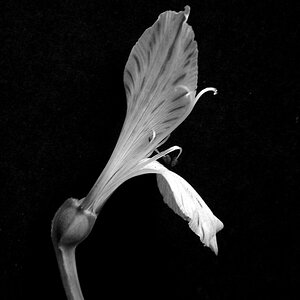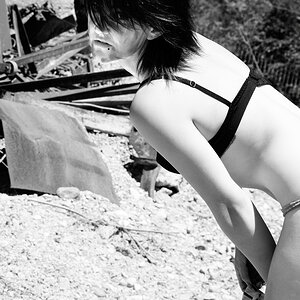nikon90s
TPF Noob!
- Joined
- Jul 5, 2003
- Messages
- 581
- Reaction score
- 1
- Location
- Kalispell, MT.
- Website
- www.pbase.com
- Can others edit my Photos
- Photos OK to edit
Ok I know this will be hard to answer but I can't find an article that can explain it in plain English. How can you tell what DSLR camera will give you a sharper picture. I am looking at getting DSLR most likely a Nikon and have been looking at the D100 6.1 megagixel or the new D2H 4.1 megapixel. At first glance you would think that the 6.1 would be better, more megapixels better picture right? I know there are other things that go into what makes a shot sharper and this is a very subjective topic and more importantly that not all megapixels are created equally. How can someone tell what will give you a sharper picture if megapixels are not all made the same?




![[No title]](/data/xfmg/thumbnail/36/36397-b2aca1c8ba1009853020154d6dd4b0e5.jpg?1619737550)
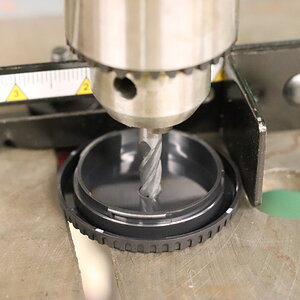

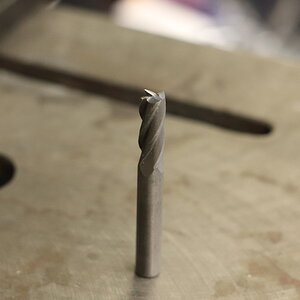
![[No title]](/data/xfmg/thumbnail/39/39185-29433e4f46e4b0bd394d10962886594c.jpg?1619738904)
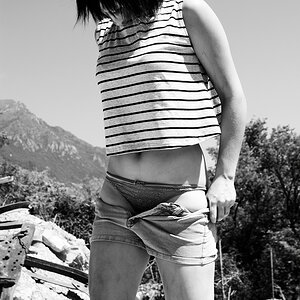
![[No title]](/data/xfmg/thumbnail/31/31012-f5e0c7cdea2f2c3e44737e3f61c2461a.jpg?1619734567)
